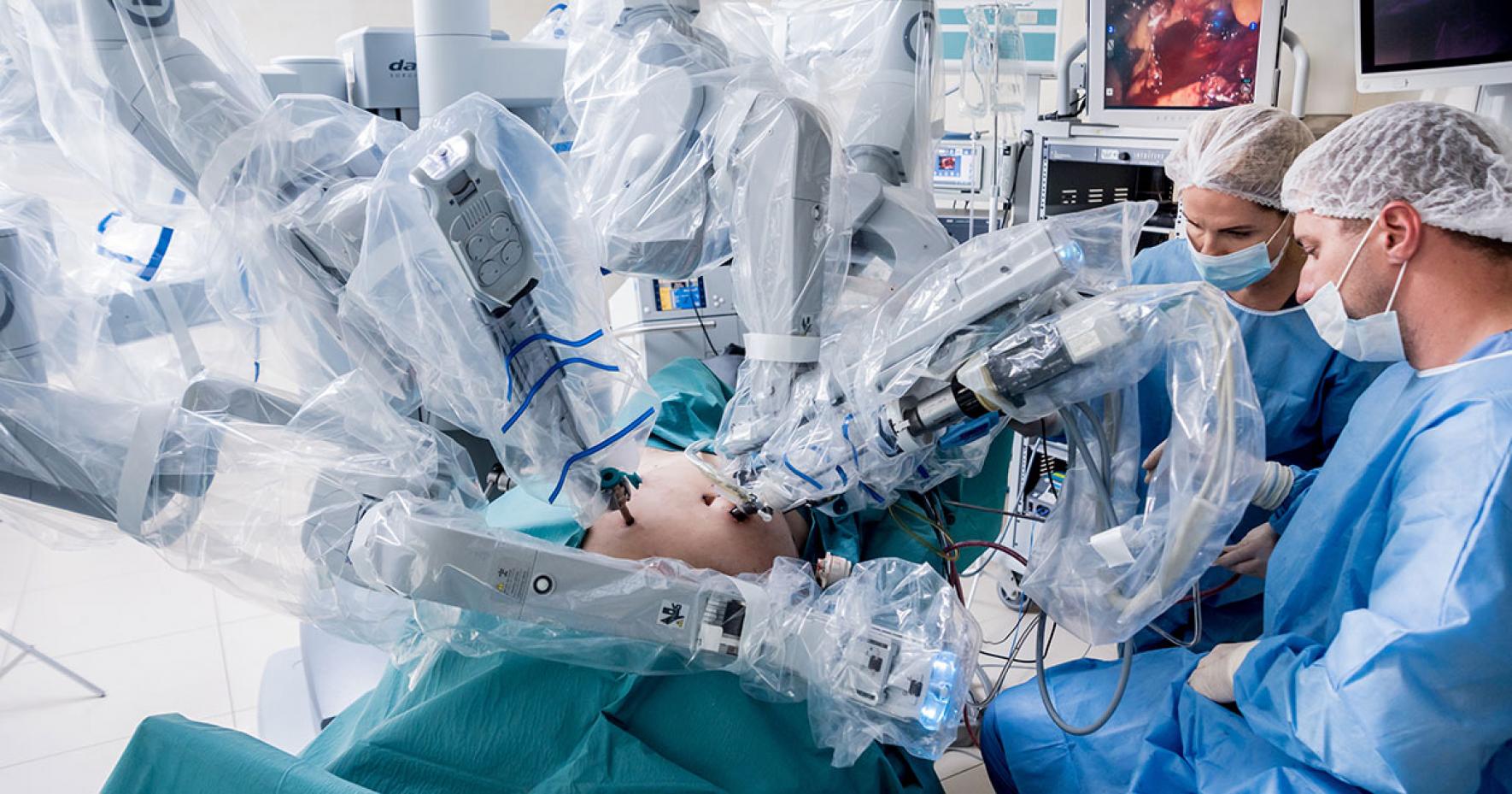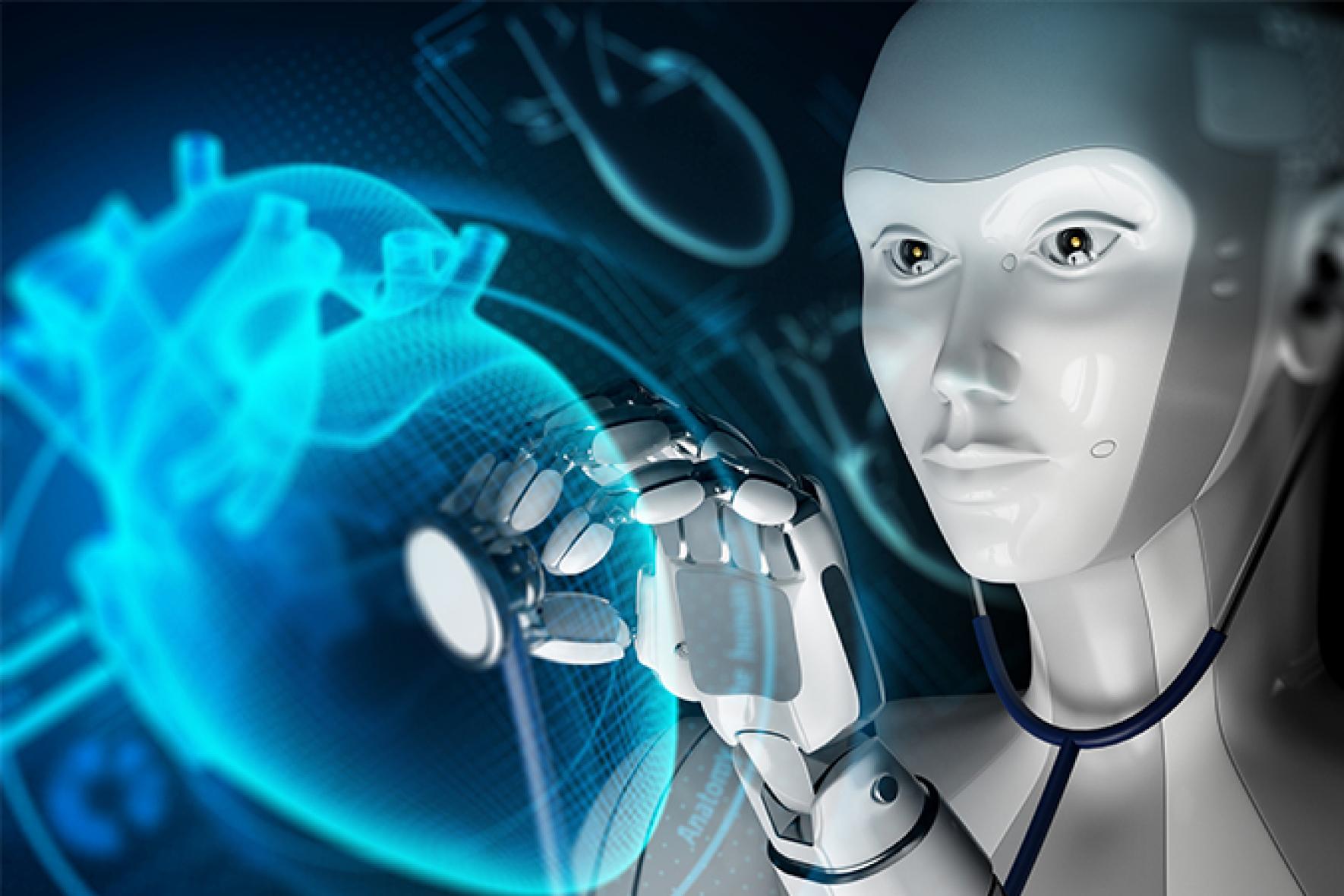Robotics in Medicine
Robotics has
revolutionized medicine and surgery, offering greater precision, efficiency,
and safety. From minimally invasive procedures to advanced diagnostics and
rehabilitation, robots assist healthcare professionals in delivering better
outcomes. Their integration with AI, imaging, and data analysis continues to
push the boundaries of modern medicine
The integration
of robotics in medicine began in the late 20th century, revolutionizing
surgical precision, rehabilitation, and diagnostics.
• 1980s: The
PUMA 560 robotic arm performed one of the first robot-assisted biopsies in
1985.
• 1990s: The
PROBOT system was used in urology for prostate surgery, and the ROBODOC system assisted
in hip replacement surgeries.
• 2000s: The da
Vinci Surgical System was approved by the FDA in 2000, marking a milestone in
minimally invasive robotic surgeries. This system improved precision, reduced
recovery times, and enhanced outcomes for complex surgeries.
• Current Era:
Advanced AI, 3D imaging, and improved robotic dexterity have expanded
applications into areas like neurosurgery, orthopedics, and microsurgeries.
Example of
Robotic surgery
(Cardiac
surgery)
Robotic
technology can be used in multiple ways for coronary revascularization. It
includes totally endoscopic coronary artery bypass (TECAB), whereby the left
internal thoracic artery (LITA) is harvested and grafted onto the left anterior
descending (LAD) artery using a robot. Alternatively, LITA can be harvested
using a robot, and then a minimally invasive coronary artery bypass is
performed, whereby LITA is hand-sewn to LAD via a mini-thoracotomy. It can be
performed on both the beating heart (off-pump) and the arrested heart (on-pump).
The first
robotic TECAB was performed in 1998 by Loulmet using the Da Vinci System.
Since then,
more than 1,000 robotic-assisted bypass surgeries have been performed. The
results of 326 patients undergoing robotic TECAB showed a mortality rate of 0.6%, a stroke rate of 2%, a perioperative myocardial infarction of 2.5%, and long-term
freedom from major adverse cardiac events reported as 81% in the first
postoperative 5 years. However, 14% of the cases had to be converted to a
larger incision, such as sternotomy or mini-thoracotomy.
Future of
Robotics in Medicine and Surgery:
1. AI and
Automation: Robots will enhance precision, predict outcomes, and automate
routine tasks.
2.
Nanotechnology: Nanorobots will deliver drugs, repair tissues, and monitor
diseases internally.
3. Minimally
Invasive Surgery: Flexible and autonomous robots will perform complex surgeries
with minimal trauma.
4. Global
Reach: Teleoperated robots will enable remote surgeries, expanding access to
care worldwide.
5. Personalized
Medicine: Robots will tailor treatments and prosthetics to individual needs.
Robotics will redefine healthcare with safer, faster, and more accessible solutions.
prepared by:
shagul mahdi
Students in the third semester of nursing department




